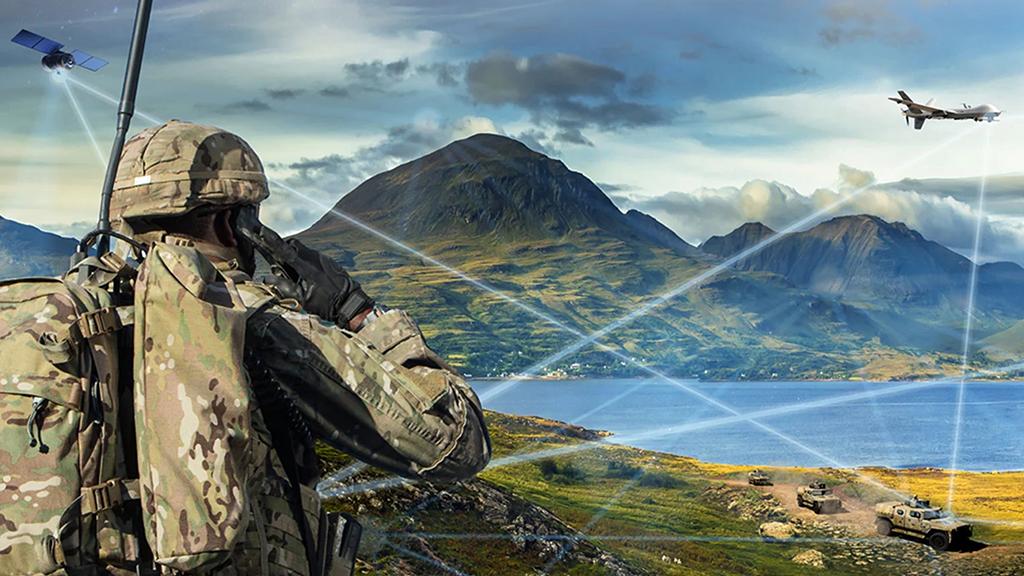Navigating Software Acquisition to Enable True Network Resiliency

The focus of our national defense is to prepare for the worst of days to protect our best days. This means ensuring our security assets are safeguarded against current and emerging threats aimed at disrupting or disconnecting critical infrastructure and networks.
Large-scale military operations elicit a technological cat-and-mouse game focused around attacking and countering adversaries' systems. The 1960s had the "Space Race". As we shift our focus from the Global War on Terror, we are in the midst of a "Resiliency Race" in the beginning of the 21st century as the United States and its allies look to stay ahead of Electronic Warfare advances of peer adversaries.
The U.S. defense industry has the capability to ensure operators at the tactical edge of combat are never alone in the fight. We at L3Harris Technologies are leaders in delivering these effects so that warfighters can communicate with whomever, wherever and whenever to ensure their safety.
As the Trusted Disruptor in aerospace and defense, L3Harris has a legacy of providing customers with capabilities and systems based on both exacting and novel requirements derived from the needs of forces across the globe. We understand the challenges of software acquisition and support our customers' journey to develop strategies that propel their missions forward – today and into the future.

It's important to note that, in software-defined environments, software development never ceases – the software itself becomes the product instead of a box simply installed onto the product in more-hardware-focused acquisitions. Optimal support in this case requires a new paradigm to facilitate rapid technology insertion through contract mechanisms that encourage defense companies to reinvest in the research and development necessary to bring forth new innovations.
Beyond software acquisition, a clear and confirmed definition on what it means to be "resilient" is key for industry to invest appropriately to move the U.S. Department of Defense into a position where they can fully operationalize Combined Joint All-Domain Command and Control in any operational environment.
While resiliency means different things to different organizations based largely on their specific needs, a key consideration is to ensure that all components in the Joint Force have a common baseline of what the foundational elements are and that those are incorporated into our systems.
Key factors in ensuring warfighter safety and operational effectiveness include:
- Redundancy – ensuring data can move from one node to another when it is needed, regardless of pathway
- Robustness – the ability of a system to overcome stress without breaking down
- Recovery – expedited realignment in the case of network disruption
- Adaptability – the flexibility to adjust and avoid adversarial network threats
- Diversity – the use of different types of technologies and pathways to avoid single points of failure
L3Harris solutions and systems, whether it is a single modem or a fully managed network, thrive in contested communications environments because of the continued investment we make in our military-grade solutions to stay ahead of adversarial technology advances. We ensure not only that our customers' communications are protected, but so are the locations and the intentions of the troops themselves.
Regardless of specific requirements, we at L3Harris can deliver, with equipment available today, a full spectrum of resiliency to meet any bespoke need. From Link 16 to MANet to more exquisite and emerging waveforms, our agility and product designs ensure all fighting forces are always connected – because a day without communications is a circumstance U.S. warfighters should never be forced to face.





Comments